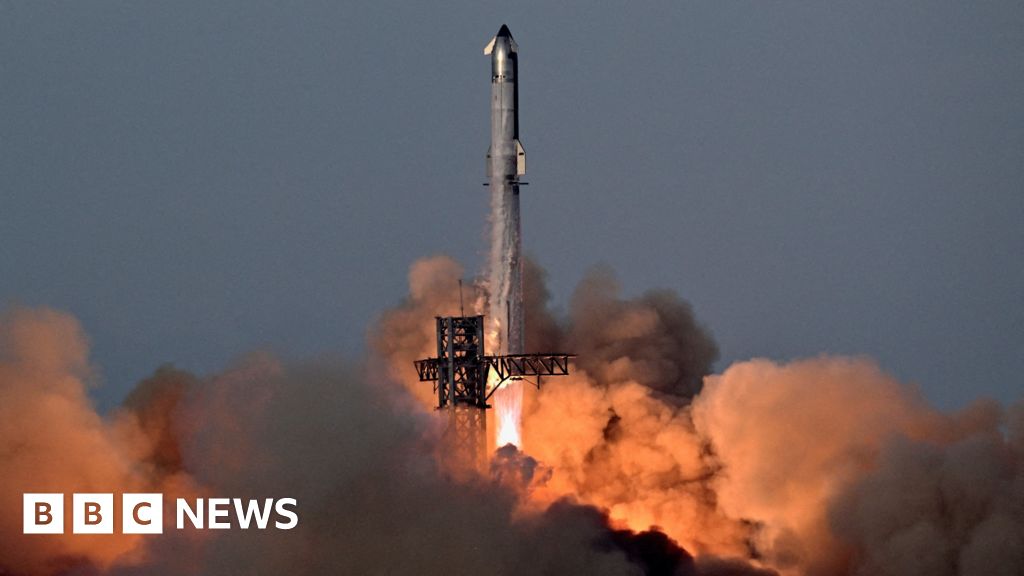CAPE CANAVERAL, Fla. — In a pivotal moment for space exploration, Blue Origin launched its New Glenn rocket on Thursday, carrying twin NASA spacecraft bound for Mars. This mission is a crucial part of NASA's plans to explore the red planet and gather insights into its atmosphere.
The New Glenn, measuring 321 feet (98 meters), took off from Cape Canaveral Space Force Station after a four-day weather delay, showcasing its capability to support future lunar missions and Mars exploration. The launch protocol saw the successful recovery of the rocket's booster, which landed upright on a barge 375 miles offshore, a significant achievement that mirrors SpaceX’s rocket recovery methods.
Employees at Blue Origin celebrated as the booster landed, and excitement filled the air with chants of “Next stop, moon!” This marks the second flight for the New Glenn, which had previously experienced setbacks during its inaugural mission in January.
The twin Mars orbiters, named Escapade, will spend around a year in close proximity to Earth, positioned one million miles away, before making their journey to Mars in 2027. Their mission aims to map the Martian atmosphere, studying its interaction with solar winds and helping scientists understand the planet's environmental history.
Lead scientist Rob Lillis emphasized the mission's importance, stating, “We really, really want to understand the interaction of the solar wind with Mars better than we do now.” The project remains budget-friendly, costing under $80 million and is managed by UC Berkeley. The decision to use an early flight of New Glenn allowed NASA to save costs while supporting innovative science.
Named to honor John Glenn, the first American to orbit Earth, New Glenn is significantly larger than Blue Origins’ previous crewed spacecraft. Bezos’ company aims to further its objectives with plans to launch lunar missions using this robust rocket design, joining the competitive race for lunar exploration with notable rivals like SpaceX.

















